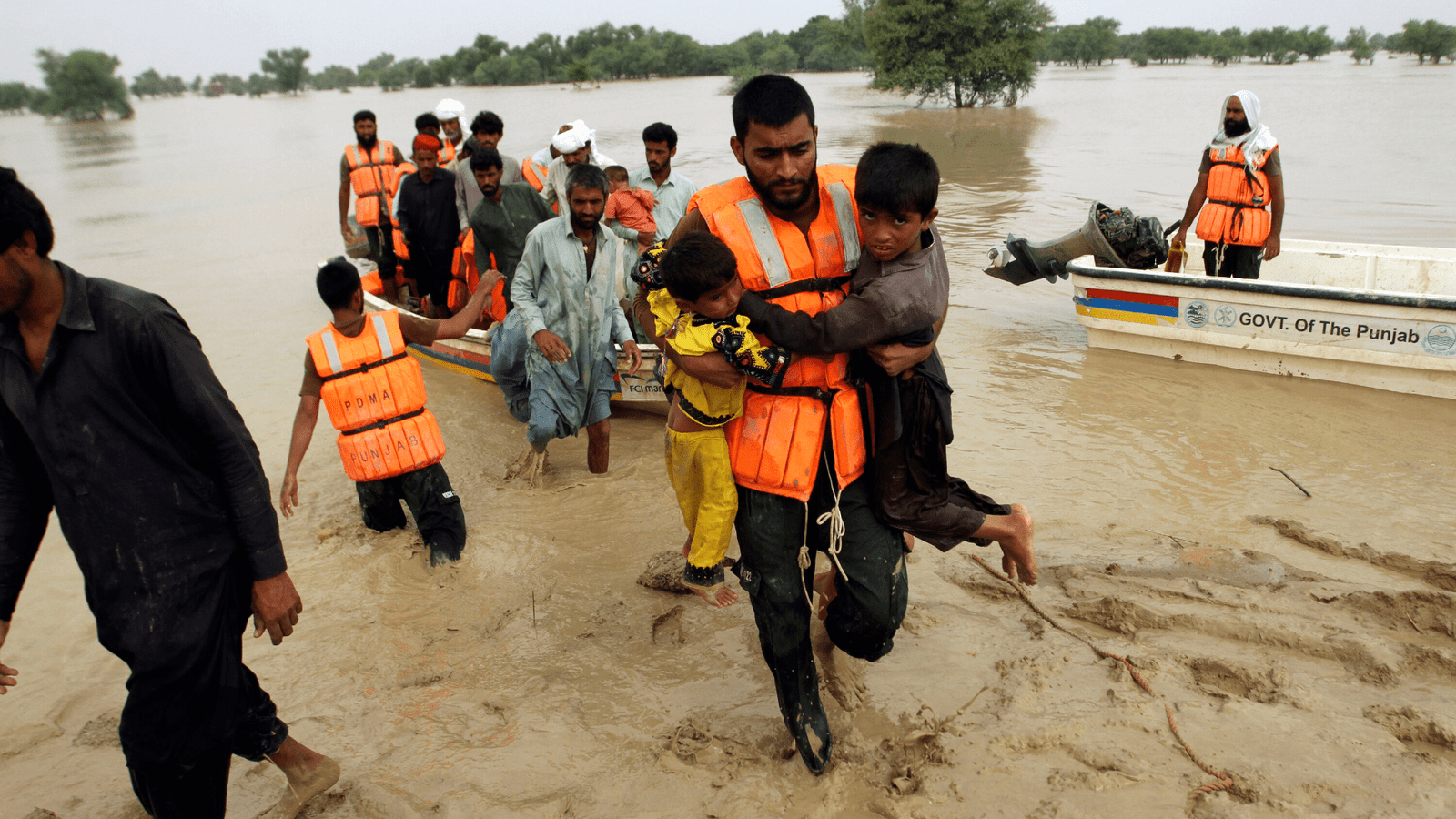NEW YORK: Recent unusually severe rainstorms have wreaked havoc across Pakistan and Afghanistan, causing a death toll exceeding 130 in both countries. The New York Times highlights ongoing concerns about additional flooding and rainfall, with many attributing this extreme weather to climate change.
Devastation Across Nations
In Afghanistan, flash floods and other weather-related incidents have claimed at least 70 lives, as reported by Mullah Janan Sayeq from the Ministry of Disaster Management. Additionally, these storms have destroyed or damaged over 2,600 homes. In Pakistan, the death toll has reached at least 62, with rainfall rates nearly double the seasonal average causing significant damage.
Regional Impacts
The Khyber Pakhtunkhwa (KP) region, bordering Afghanistan, has suffered greatly. Torrential rains there have triggered flash floods and landslides, destroying homes and infrastructure. Media from the area shows roads overwhelmed by water and buildings, including homes and bridges, washed away.
Read More: Five Japanese Survive Karachi Suicide Attack; Two Terrorists Killed
Wider Regional Effects
Concurrently, the Gulf region has also faced severe rainstorms, with the United Arab Emirates and Oman experiencing record rainfall that resulted in the deaths of at least 20 people. This marks the UAE’s heaviest rainfall in 75 years.
Historical Context and Ongoing Challenges
This recent wave of storms follows devastating flooding in 2022, which killed over 1,700 people in Pakistan and severely impacted millions. That event caused significant damage to crops and infrastructure, highlighting the heavy climate change burden on developing countries.
Immediate Concerns and Future Risks
The Swat Valley, a popular tourist spot, has seen numerous landslides and road blockages, leaving thousands stranded, mostly tourists. At least 15 landslides have been reported in the area. In Balochistan, particularly along the coast, flash floods have devastated cities like Gwadar.
Authorities are bracing for more challenges, with warnings of more floods expected early next week. Rapid glacier melts in Khyber Pakhtunkhwa are also contributing to the flood risk.
Agricultural and Seasonal Fears
As these events unfold, there is growing concern for Pakistan’s wheat harvest and the potential for increased devastation during the upcoming monsoon season, expected to last from June to September.






